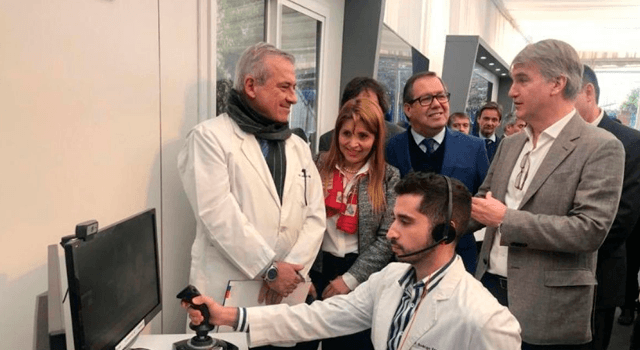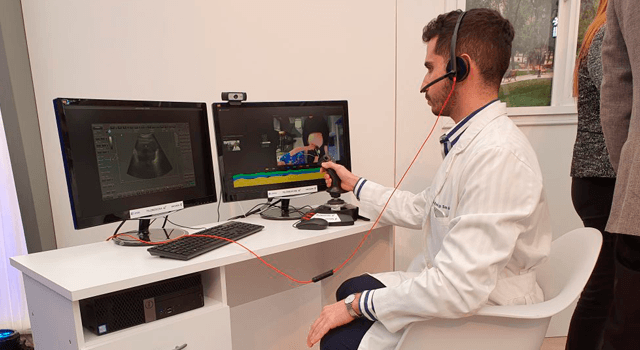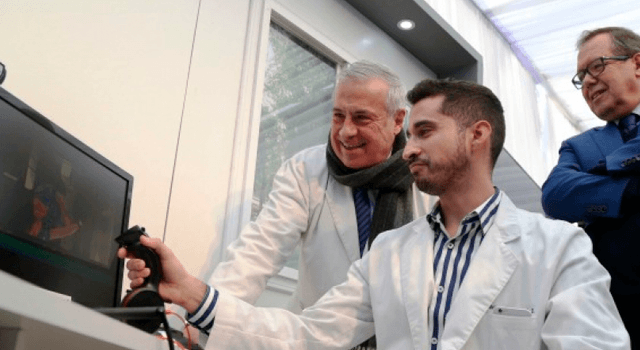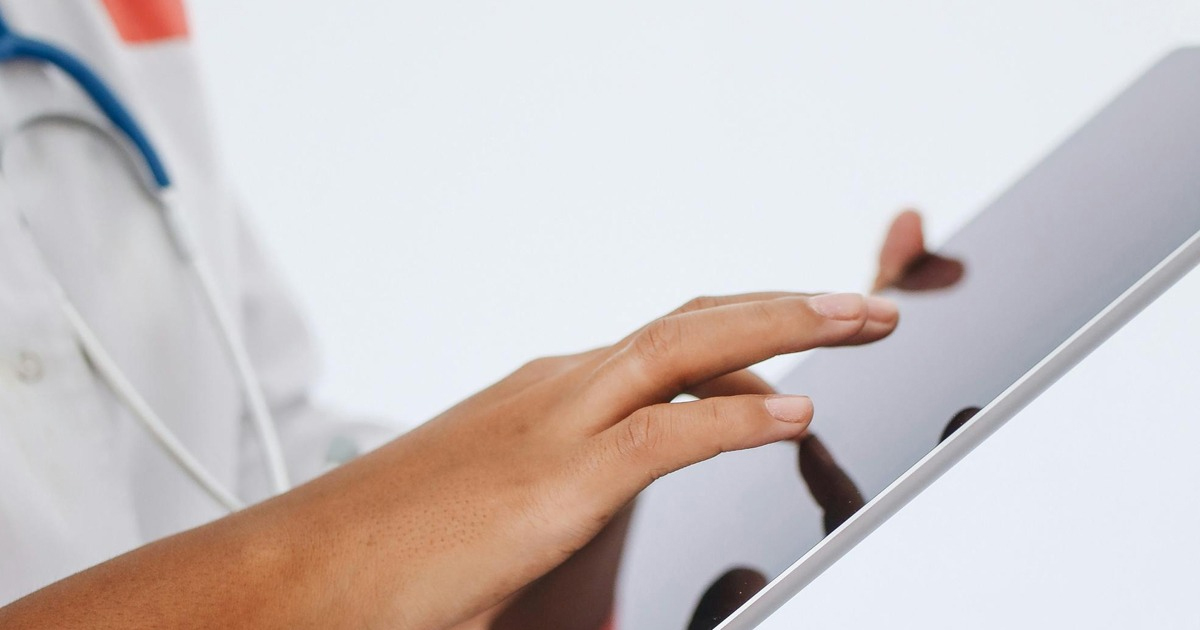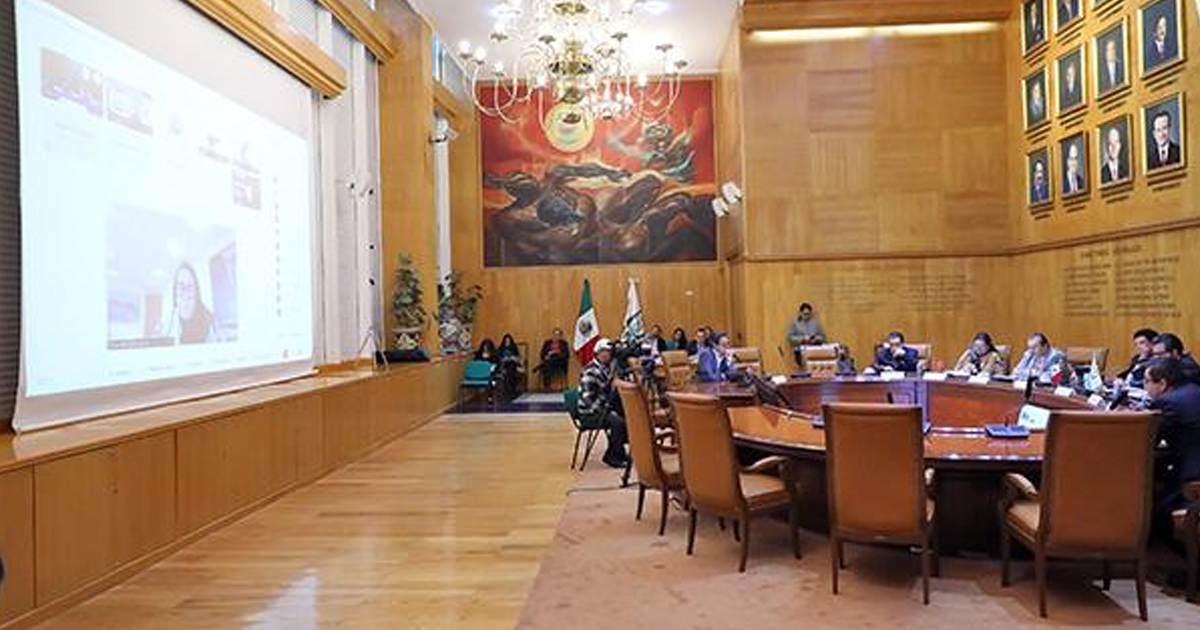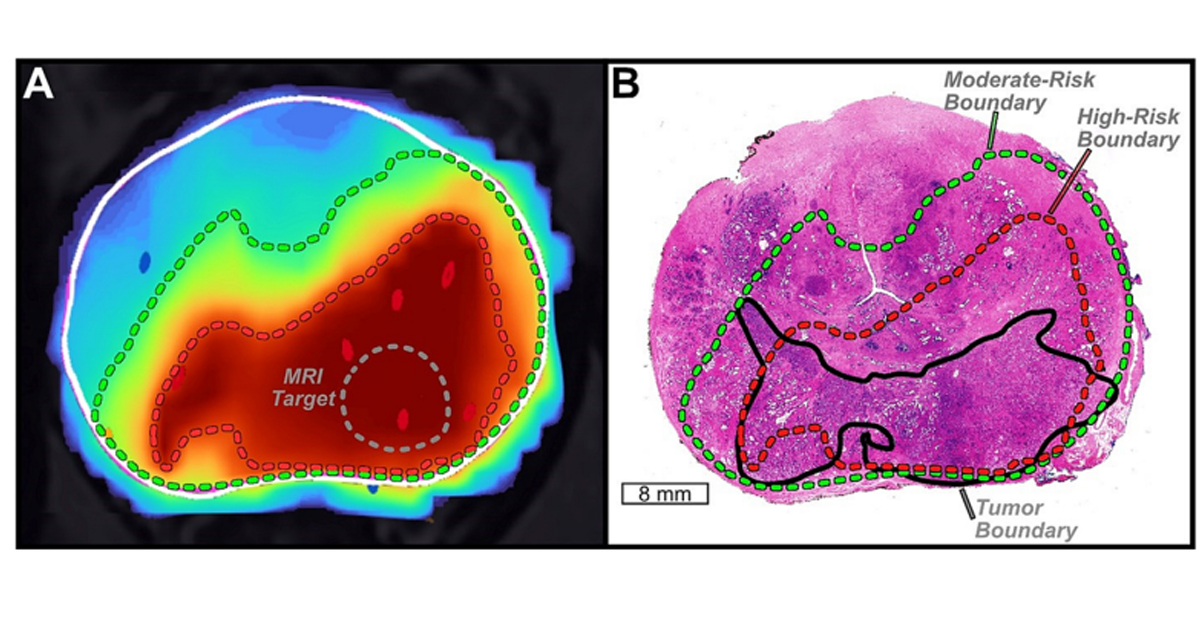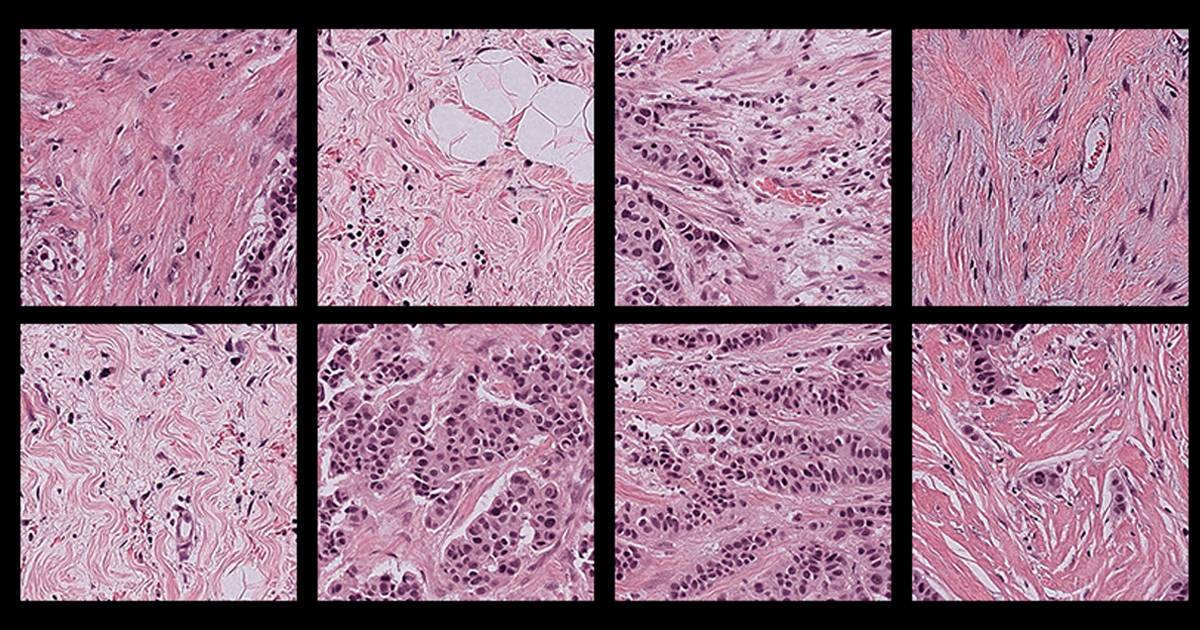Realizan la primera ultrasonografía a distancia en Chile, en un esfuerzo por posicionar al país como líder en el uso de tecnologías para mejorar el acceso equitativo a servicios de salud.
En un ejercicio pionero en su tipo en Chile, un médico realizó un ultrasonido a distancia mediante un control de mando inalámbrico, que permitió realizar el examen y dirigir los movimientos del dispositivo, gracias a la tecnología 5G. Del otro lado, se encontraba una paciente embarazada acompañada de un paramédico que sostenía un guante sensorizado.

Este es uno de los primeros ejemplos en Latinoamérica en donde un profesional de la salud brinda servicios, rompiendo las barreras de la distancia, y puede estar en contacto con una paciente sin que ninguno tenga que trasladarse.
Es así como grandes especialistas podrán atender casos a lo largo y ancho del país y los pacientes se beneficiarán de mejores servicios optimizando costos, tiempos y recursos.
La tecnología 5G es la quinta generación de conectividad de internet móvil, se caracteriza por ser una red de alta velocidad, con una gran capacidad de transmisión de datos y mayor conectividad. En Chile, el futuro de esta tecnología “debe funcionar para mejorar, de manera importante, la equidad de acceso a servicios diagnósticos, a tratamiento de calidad, telepatología, teleradiología, reuniones clínicas, y todo lo que pueda significar una mejoría en la salud de las personas, sobre todo de las más postergadas”, afirmó el Ministro de Salud, Jaime Mañalich.
La capacidad de la red 5G es hasta 100 veces mayor a la 4G, la cual se usa actualmente en la mayoría de los países. Además, la latencia, entendido como el tiempo que tarda la transmisión de un paquete de datos, será mucho menor, prometiendo una latencia máxima de 4 milisegundos. De esta manera, será posible descargar tutoriales médicos en segundos y trabajar con servicios de streaming, o de telemedicine como el aquí expuesto, de manera inmediata. El Ministerio de Salud Chileno ha depositado su confianza en este nuevo avance para lograr un cierre importante en la brecha de salud que existe en el país y de esa manera poner un ejemplo de cómo la Digital Health puede transformar un país.
